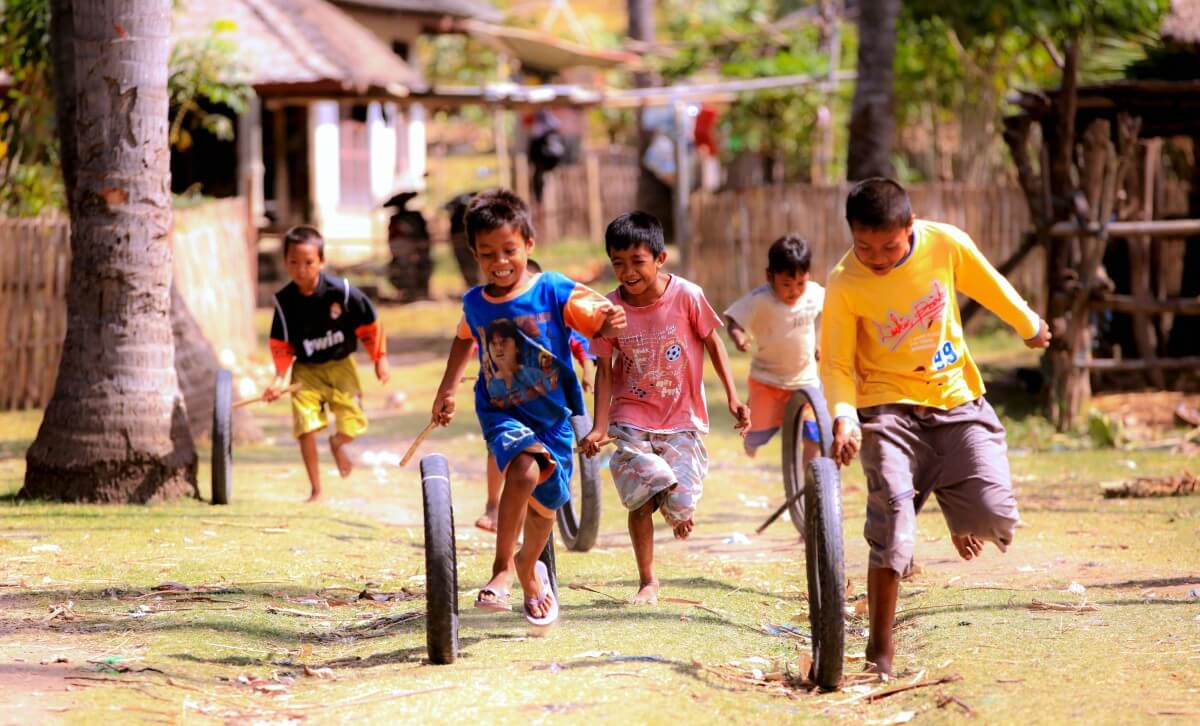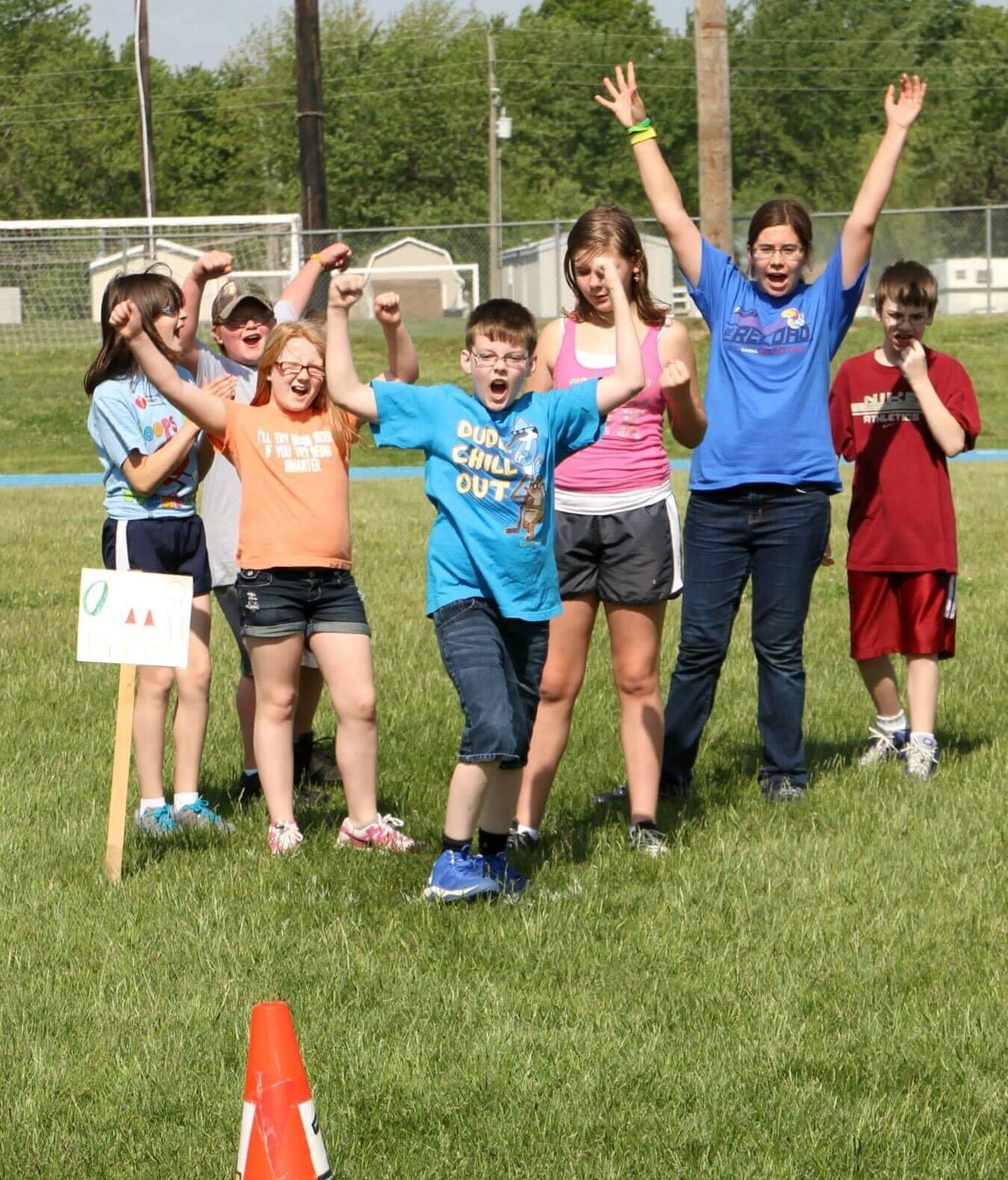
It is the year 2022… and by now, most people know the extensive benefits of physical activity for individuals of all ages (Centers for Disease Control and Prevention [CDC], 2021). Schools, in particular, seem to be aware that they need to take a more holistic approach to the education of children that includes physical activity opportunities before, during, and after the school day, built upon a foundation of quality physical education (CDC, 2019; Dauenhauer & Stoepker, 2022; Slade, 2020). Physical activity, after all, offers myriad health benefits for youth (Janssen & Leblanc, 2010) and can also contribute to improved academic performance (Rasberry et al., 2011), so it seems like a no-brainer for schools. Unfortunately, research suggests that schools are still overwhelming sedentary places for kids to be (Egan et al., 2019). The reality is, that we need to do a better job preparing the current and next generation of teachers to systematically integrate physical activity into the school day.
The idea of having a school Physical Activity Leader (PAL), previously referred to as a Director of Physical Activity or Champion of Physical Activity (Carson et al., 2012; Castelli & Beighle, 2007; Stoepker et al., 2021) is not new. Efforts have been made over the years to train teachers and school staff on the knowledge and skills to promote physical activity in schools with mixed results (Carson et al., 2014; Carson et al., 2020). Likewise, many teacher preparation programs around the country have been taking steps to thoughtfully integrate elements of physical activity leadership into their undergraduate and graduate teacher preparation programs (Castelli et al., 2017). It is difficult to know how much these efforts have moved the needle. We do know, however, that we are still not where we want to be in terms of youth meeting daily physical activity recommendations (US Department of Health and Human Services, 2018).

In 2021, the national Active Schools movement and the University of Northern Colorado Active Schools Institute entered into a strategic partnership to advance evidence-based practice and professional development around school-based physical activity promotion. The national Active Schools organization began during Michelle Obama’s tenure as First Lady as Let’s Move Active Schools and has since been adopted by Action for Healthy Kids. The University of Northern Colorado was one of the first universities in the nation to fully integrate physical activity leadership into its online-hybrid master’s program (Dauenhauer et al., 2017) and has developed a unique research institute focused on active schools. Over the next year, the two organizations will be collaborating to develop the next iteration of Active Schools, fondly referred to as Active Schools 2.0, based upon the best available evidence of what works.

Active Schools and the UNC Active Schools Institute will be co-hosting a free Virtual Summit on August 1-5, 2022, where the partners will unveil a new guiding framework, resources, a national recognition program for PK-12 schools, and a certification program for partner organizations. The University of Northern Colorado will be continuing to offer its innovative Master of Arts in Teaching Physical Education and Physical Activity Leadership program designed for current educators wishing to expand their knowledge and skills around quality physical education and school-based physical activity promotion. Applications for the Fall 2022 cohort are being accepted through July 15th. The future of physical activity leadership in schools is coming soon… don’t miss out!
References
Carson, R. (2012). Certification and duties of a director of physical activity. Journal of Physical
Education, Recreation & Dance, 83(6), 16–29. https://doi.org/10.1080/07303084. 2012.10598790
Carson, R. L., Castelli, D. M., Beighle, A., & Erwin, H. (2014). School-based physical activity
promotion: A conceptual framework for research and practice. Childhood Obesity, 10(2), 100–106. http://0-dx.doi.org.source.unco.edu/10.1089/chi.2013.0134
Carson, R. L., Pulling Kuhn, A. C., Moore, J. B., Castelli, D. M., Beighle, A., Hodgin, K. L., &
Dauenhauer, B. (2020). Implementation evaluation of a professional development for leaders of comprehensive school physical activity. Preventive Medicine Reports, 19(101109), 1-11. doi: 10.1016/j.pmedr.2020.101109.
Castelli, D. M., & Beighle, A. (2007). The physical education teacher as school activity director.
Journal of Physical Education, Recreation & Dance, 78(5), 25–28.
Castelli, D. M., Carson, R. L., & Kulinna, P. H. (2017). Pete programs creating teacher leaders to
integrate comprehensive school physical activity programs. Journal of Physical Education, Recreation & Dance, 88(1), 8–10. https://doi.org/10.1080/07303084. 2017.1250497.
Centers for Disease Control and Prevention. (2019). Increasing physical education and physical
activity: A framework for schools. CDC Healthy Schools. https://www.cdc.gov/ healthyschools/physicalactivity/ pdf/2019_04_25_PE-PAFramework_508tagged.pdf.
Centers for Disease Control and Prevention. (2021). Benefits of physical activity. Physical
Activity. https://www.cdc.gov/physicalactivity/basics/pa-health/index.htm.
Dauenhauer, B., Krause, J. M., Douglas, S., Smith, M., & Stellino, M. B. (2017). A newly
revised master’s degree in physical education and physical activity leadership at the University of Northern Colorado. Journal of Physical Education, Recreation, and Dance, 88 (2), 14-19.
Dauenhauer, B. & Stoepker, P. (2022). Physical education & physical activity within a whole
school, whole community, whole child approach. Journal of Physical Education, Recreation, and Dance. 93(2), 12-19. https://doi.org/10.1080/07303084.2022.2020050.
Egan, C. A., Webster, C. A., Beets, M. W., Weaver, R. G., Russ, L., Michael, D., Nesbitt, D., &
Orendorff, K. L. (2019). Sedentary time and behavior during school: A systematic review and meta-analysis. American Journal of Health Education, 50(5), 283–290. https://doi.org/10.1080/19325037.2019.1642814.
Janssen, I., & Leblanc, A. G. (2010). Systematic review of the health benefits of physical activity
and fitness in school-aged children and youth. The International Journal of Behavioral Nutrition and Physical Activity, 7, 40. https://doi.org/10.1186/1479-5868-7-40.
Rasberry, C. N., Lee, S. M., Robin, L., Laris, B. A., Russell, L. A., Coyle, K. K., & Nihiser, A. J.
(2011). The association between school-based physical activity, including physical education, and academic performance: A systematic review of the literature. Preventive Medicine: An International Journal Devoted to Practice and Theory, 52(Suppl), S10–S20. https://doi.org/10.1016/j.ypmed.2011.01.027.
Slade, S. (2020, March 13). A whole school, whole community, whole child approach to
responding to health crises. ASCD Blog Post. https://www.ascd.org/blogs/a-whole-school-whole-community-whole-childapproach-to-responding-to-health-crises.
Stoepker, P., Dauenhauer, B., Carson, R. L., McMullen, J., Moore, J. B. (2021). Becoming a
physical activity leader (PAL): Skills, responsibilities, and training. Strategies, 34(1), 23-28. https://doi.org/10.1080/08924562.2020.1841695.
U.S. Department of Health and Human Services. (2018). Physical activity guidelines for
Americans (2nd ed.).


